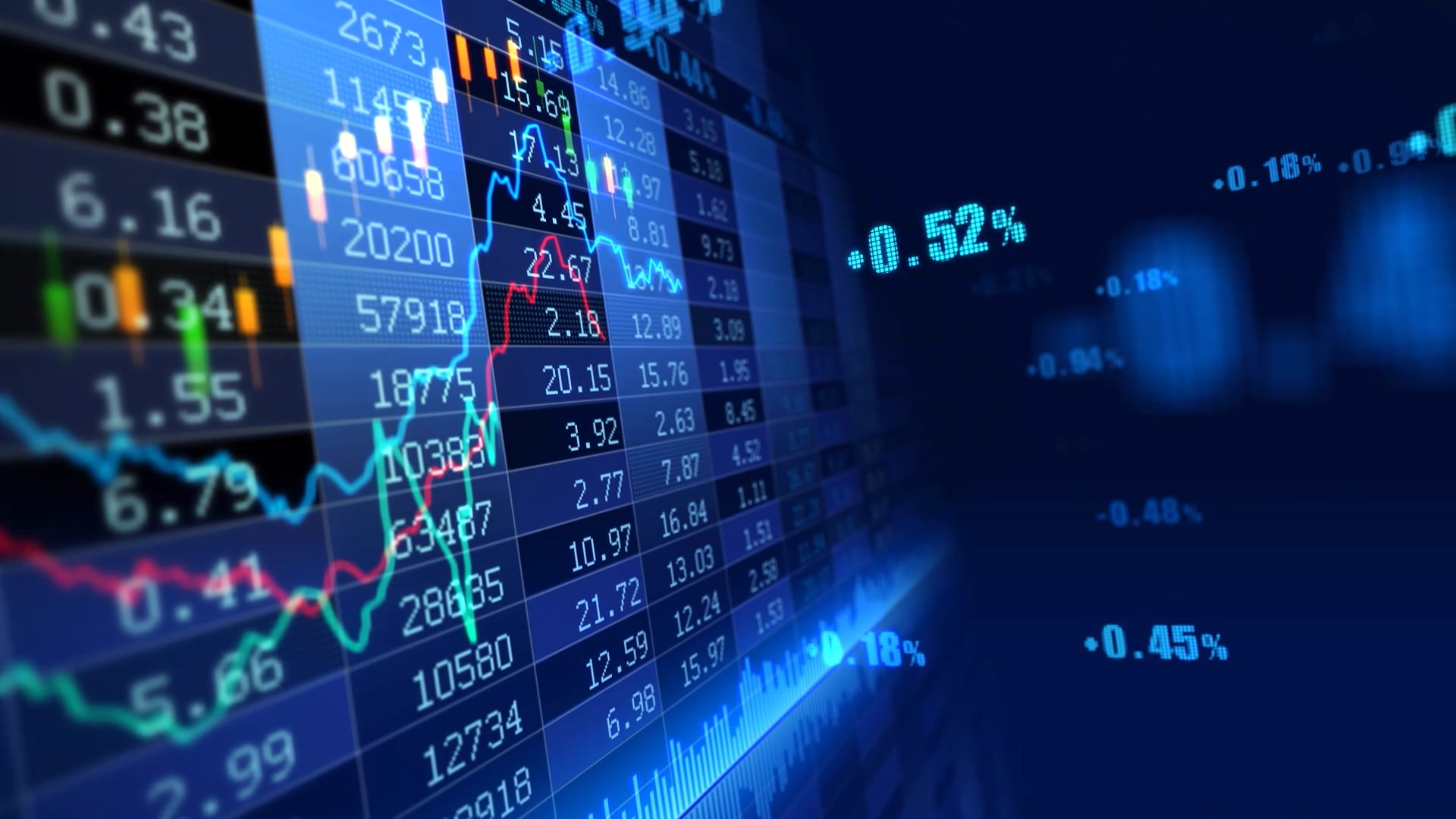Contracts for Difference (CFDs) have become increasingly popular among traders as a flexible and efficient way to speculate on the price movements of various financial assets without owning the underlying asset. Here’s everything you need to know about cfd how it works.
What is a CFD?
A Contract for Difference (CFD) is a derivative financial instrument that allows traders to speculate on the price movements of assets such as stocks, commodities, currencies, and indices without actually owning them. Instead, traders enter into a contract with a broker to exchange the difference in the price of the underlying asset from the time the contract is opened to when it is closed.
How do CFDs work?
When trading CFDs, traders can go long (buy) if they believe the price of the underlying asset will rise, or go short (sell) if they expect the price to fall. The profit or loss is determined by the difference between the entry and exit prices of the contract.
One of the key advantages of CFDs is the ability to use flexible leverage, allowing traders to control a larger position with a relatively small amount of capital. This can amplify both potential profits and losses, so risk management is crucial when trading CFDs.
Advantages of trading CFDs:
1. Leverage : CFDs offer flexible leverage, allowing traders to magnify their exposure to the market with a smaller initial investment.
2. Diversification : CFDs enable traders to access a wide range of markets and asset classes, allowing for greater diversification of their investment portfolio.
3. Short Selling : With CFDs, traders can profit from both rising and falling markets by going long or short, providing opportunities in any market condition.
4. Hedging : CFDs can be used as a hedging tool to mitigate risk in an existing portfolio by taking offsetting positions in the market.
Risks of trading CFDs:
1. Leverage Risk : While leverage can amplify profits, it also magnifies losses, leading to potential significant losses if trades move against the trader.
2. Market Risk : CFD prices are derived from the underlying asset’s market price, exposing traders to market volatility and price fluctuations.
3. Counterparty Risk : CFDs are traded over-the-counter (OTC) with brokers, leading to counterparty risk if the broker fails to fulfill its obligations.
4. Costs and Fees : Traders may incur costs such as spreads, overnight financing fees, and commissions when trading CFDs, which can impact overall profitability.
Conclusion:
CFDs offer traders a flexible and efficient way to speculate on the price movements of various financial assets. However, it’s essential to understand the risks involved and to employ proper risk management strategies when trading CFDs. With careful planning and execution, CFDs can be a valuable addition to a trader’s toolkit.



